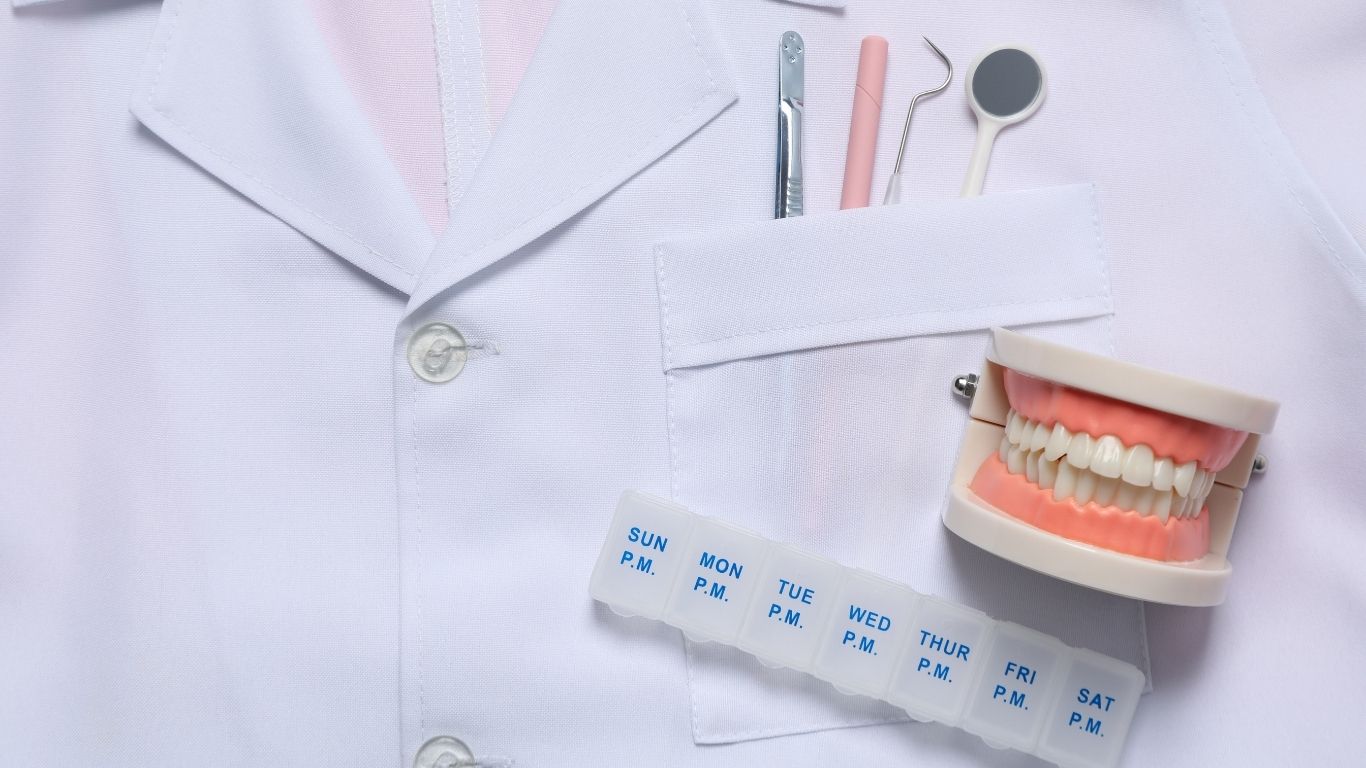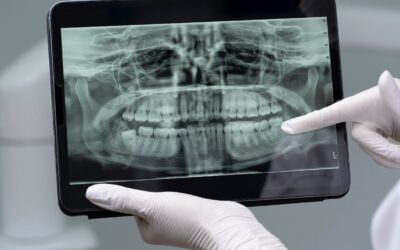When it comes to dental care, understanding the different types of procedures and their corresponding codes is essential. This is especially true for dentures, a common solution for those needing restorative dental work. Dentures not only help restore functionality but also improve the aesthetic appeal of a smile. If you’re considering dentures or are just looking to understand how they’re classified within the dental system, it’s important to know about the dentures dental code.
In this comprehensive guide, we’ll break down what the dentures dental code is, how it’s used, and why it’s significant for both patients and dental professionals. Let’s dive into this crucial aspect of dental care!
What Is the Dentures Dental Code?
The dentures dental code refers to a specific set of codes used by dental professionals to categorize and describe the different types of dentures provided to patients. These codes are essential for billing purposes, ensuring that insurance claims are processed correctly, and for documenting the dental treatment provided.
The codes fall under the Current Dental Terminology (CDT), a set of codes developed by the American Dental Association (ADA) to standardize dental procedures across the country. Each code is associated with a specific procedure or treatment, and in the case of dentures, these codes are used to specify whether the dentures are complete, partial, or made of different materials.
Understanding the dentures dental code helps dental providers and patients alike ensure that all treatments are accurately recorded and reimbursed. This clarity also ensures that you, as a patient, are aware of your dental care options and the costs associated with each one.
Why Do Dentists Use the Dentures Dental Code?
Dentists use the dentures dental code primarily for two main reasons: insurance reimbursement and accurate record-keeping. Here’s a breakdown:
-
Insurance Reimbursement: Insurance companies require specific codes to process claims for dental procedures. The dentures dental code allows dental professionals to specify the exact type of dentures being used, ensuring that insurance claims are submitted correctly and quickly. Without these codes, there could be confusion, leading to delays or denials of coverage.
-
Accurate Record-Keeping: The dentures dental code also serves as a reference for future visits. If a patient needs adjustments or repairs, the code will help the dentist understand the exact type of dentures the patient has, ensuring proper treatment.
What Types of Dentures Are Covered by the Dentures Dental Code?
The dentures dental code covers several different types of dentures, each with its specific classification. The two main categories are complete dentures and partial dentures.
-
Complete Dentures: These are used when all the teeth in a dental arch are missing. Complete dentures are designed to replace an entire set of teeth, and they are typically made from acrylic, porcelain, or a combination of materials. The code for complete dentures varies depending on the materials used and whether the dentures are fabricated for the upper or lower arch.
-
Partial Dentures: Partial dentures are used when some natural teeth remain. These dentures are designed to fill in the gaps left by missing teeth. Partial dentures are often supported by the remaining natural teeth, and they can be made from a variety of materials, including metal and acrylic. The code for partial dentures will depend on the materials used and the number of teeth being replaced.
-
Implant-Supported Dentures: These are dentures that are anchored in place by dental implants. They provide a more secure and stable fit compared to traditional dentures. The dentures dental code for implant-supported dentures will specify the type of implants and the procedure used to place them.
-
Temporary Dentures: Sometimes, a dentist may provide a temporary set of dentures while waiting for the permanent set to be made. Temporary dentures help patients maintain normal function and appearance during the transition period.
Each type of denture has its own specific code, ensuring that the treatment is accurately documented.
How Does the Dentures Dental Code Impact Your Treatment Plan?
The dentures dental code plays an essential role in shaping your treatment plan. Here’s how it works:
-
Treatment Customization: By using the right codes, your dentist can tailor your treatment to your specific needs. Whether you need complete dentures or partial dentures, the dentist can select the appropriate materials and design that will work best for your oral health.
-
Clear Communication: The dentures dental code allows for clear communication between dental professionals, laboratories, and insurance companies. This ensures that everyone is on the same page when it comes to the treatment being provided.
-
Cost Estimates: Understanding the dentures dental code can also help you better understand the cost of your treatment. Different types of dentures and materials may have different prices, so knowing the code can provide insight into the expected costs of your dentures.
-
Insurance Approval: Since insurance companies rely on the dentures dental code to process claims, using the correct code can streamline the approval process. This helps ensure that you receive the full coverage for your dentures and any associated treatments.
What Are the Common Denture Codes You Should Know?
Here’s a quick overview of some common dentures dental codes:
-
D5110: Complete denture – upper arch
-
D5120: Complete denture – lower arch
-
D5211: Upper partial denture, resin base, includes clasp
-
D5212: Lower partial denture, resin base, includes clasp
-
D7240: Removal of impacted tooth, part of denture treatment
-
D8691: Replacement of missing tooth in a partial denture
These codes may vary depending on the specific procedure, the materials used, and the type of denture being provided.
How Can You Ensure Accurate Use of the Dentures Dental Code?
To ensure that your dentures are properly coded and your treatment is fully covered, there are a few steps you should take:
-
Discuss Your Options with Your Dentist: Before agreeing to any treatment, make sure you fully understand the options available to you. Ask your dentist about the materials used in your dentures, the type of dentures that are best for your needs, and how the treatment will be coded.
-
Confirm with Your Insurance: Reach out to your insurance company to ensure they cover the type of dentures you need. Ask them how the dentures dental code is used for reimbursement and what your financial responsibility will be.
-
Review Your Treatment Plan: When your dentist provides you with a treatment plan, check the codes listed to ensure they accurately reflect the dentures you will be receiving. If anything seems unclear, don’t hesitate to ask for clarification.
-
Keep Track of Your Claims: After receiving your dentures, review any insurance claims to ensure the correct codes were used. If there are any discrepancies, contact your insurance company or dentist to resolve the issue.
Final Thoughts
Understanding the dentures dental code is essential for anyone considering dentures. It not only ensures that you receive the correct treatment but also helps with insurance claims, cost transparency, and long-term care. Whether you need complete dentures, partial dentures, or implant-supported dentures, knowing the code used for your specific treatment can make the entire process smoother and more straightforward.
By staying informed about the dentures dental code, you can make more confident decisions about your dental care, ensuring that your smile remains functional and beautiful for years to come.



